 Government – A government is a system of political power that exercises its authority to maintain civility, administer public policies, and enforce laws.
Government – A government is a system of political power that exercises its authority to maintain civility, administer public policies, and enforce laws.
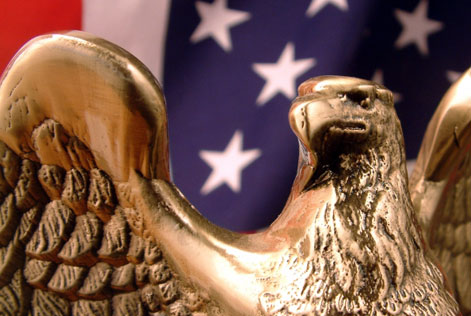
Politics – Politics, in terms of government, deals with the management and tactics used to handle a country. Different political parties, for example, have dissimilar stands on how to handle an issue.

Pluralist theory – The pluralist theory is that power influencing government is often exerted by different interest groups, which try to gain authority so as to maximize self interest.

Elite theory – The elite theory is the belief that nearly all political power is held in the hands a small group of wealthy people, whom usually share the same interests and values, and originate from a similarly privileged background. It is often used to explain the original framers, in which most were wealthy landowners.

Hyper-pluralist theory – A theory that too many influential groups often become contradictory, thus weakening the government’s power to govern.

democracy- a form of government in which the power is derived from the people, either through direct or a representative system (demos=people, kratos=authority or power.)
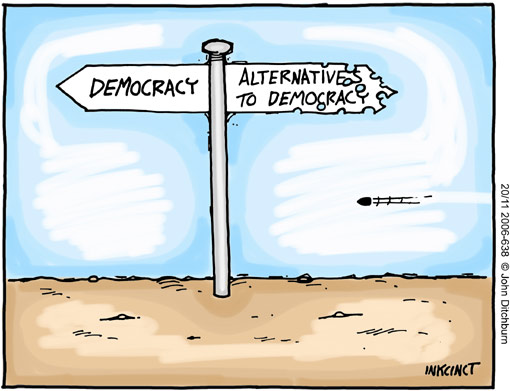
direct democracy- a form of government in which citizens vote on laws and select officials directly. This system was used in ancient Athens, but soon became ineffective due to mob rule , thus giving rise to dictatorships. A large crowd is more easily persuaded, and births of factions are more common amongst a mob. The term was viewed with distaste during a 17th century, often synonymous with mobs. James Madison shows in The Federalist No. 10 that democracies (in its direct sense) “have been found incompatible with personal security, or the rights of property; and have in general been as short in their lives, as they have been violent in their deaths.”
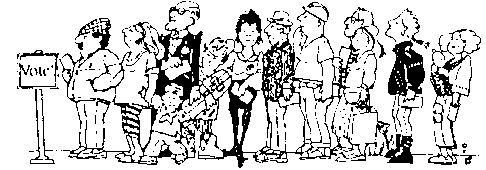
representative democracy- The power is given to a few elected representatives, thus rendering an indirect system of power. This form of government is often more effective, as the elected leaders are often educated men who would not easily be swayed or give in to popular conventions. So as to distinguish from the connotation of democracy, the framers had referred to this system as a republic.
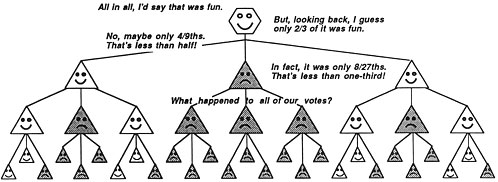
constitutional democracy- A government that builds its foundations on a written document, and acts to enforce the freedoms and rights granted by such a constitution.

constitutionalism- The set of arrangements, including checks and balances, federalism, separation of powers, rule of law, due process, and a bill of rights, that requires leaders to listen, think, bargain, and explain before they act of make laws. These leaders are then politically and legally accountable for how they exercise their powers. These regulations are necessary so as to prevent the confusion and mob-like attitude in a democracy.

statism- The idea that the rights of the nation are supreme over the rights of the individuals residing in that nation. Some countries which use this principle are Cuba, North Korea and China. In China, for instance, certain websites (like Facebook) are blocked. In a similar way, North Koreans are not allowed to enter or leave the country.

popular consent- Popular consent is the belief that a just government must act on the consent of its citizens, that decisions are made through the consent of the people. In a true democracy, everyone must be willing to participate.
majority rule- Governance according to the expressed preferences of the majority. This is the basic rule of democracy.
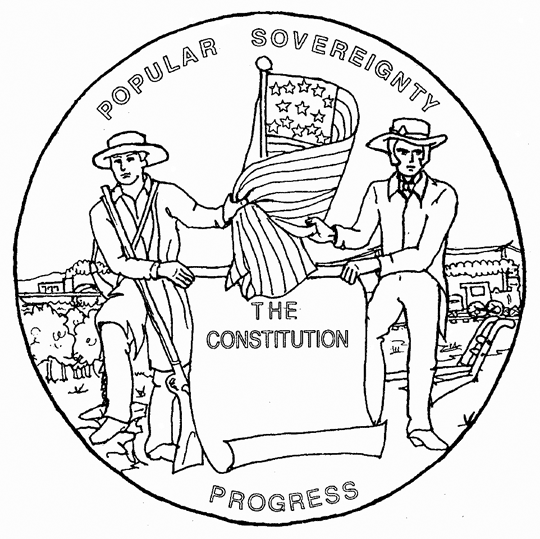
majority- The candidate or party that wins more than half the votes cast in an election. In practice though, it usually turns into plurality.

plurality- Candidate or party with the most votes cast in an election, not necessarily more than half. About a third of our presidents have won elections through winning pluralities. When winning officials take office, they are not allowed to impede the efforts of the minorities, who may be preparing to try to win the next election.
social capital- Participation in voluntary associations that reinforce democratic and civic habits of discussion, compromise, and respect for differences. When there is a wide variety of social institutions and organizations that bring people together, social capital thrives and helps develop compromise and understanding between people.
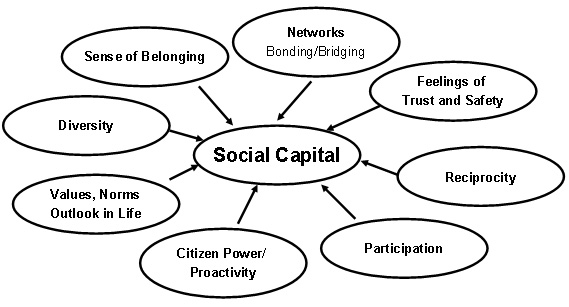
ideology- A consistent pattern of beliefs about political values and the role of government that arise out of experiences of individuals. A democratic consensus, a general acceptance of the ideals of democracy, is then hopefully nourished.

theocracy- A government that derives its power through a religious authority, thus rendering the leader to be the divine guidance sent. The first immigrants whom established a colony in Massachusetts built their government centralized around Puritanism. This type of rule allowed framers to realize the limitations of freedoms, the same liberties in which the pilgrims had sought after.
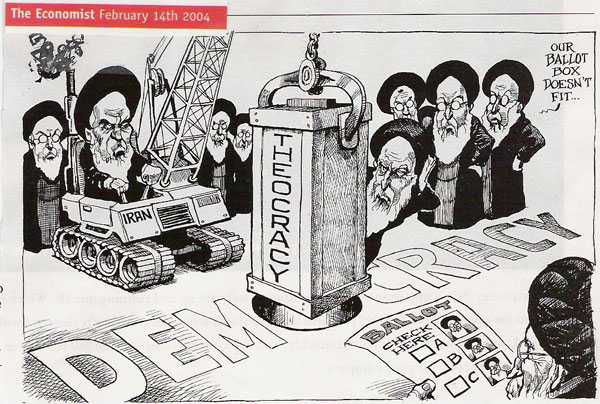
Articles of Confederation- The first governing document of the confederated states, drafted in 1777, ratified in 1781, and replaced by the present Constitution in 1789. This constitution created a very weak government due to the fear of a strong national government like that of Britain. The federal government had less authority than the state government, thus giving rise to issues such as currency and war.

Annapolis Convention- A convention held in September 1786 to discuss the problems of the new Constitution, which involved trade and navigation. The gathering was a failure, as only 12 delegates showed up in an effort to revise the flawed AOC. A second meeting was planned in Philadelphia “to render the Constitution of the Federal Government adequate to the exigencies of the Union.”

Constitutional Convention- Also known as the Philadelphia Convention, this assembly in Philadelphia, from May 25 to September 17, 1787, framed the Constitution of the United States. It drew more delegates because of the significant Shays’ Rebellion that emphasized a need for a stronger federal government. 74 delegates (white male landowners) were appointed, but only 55 showed up in attendance to think of a new plan for government.
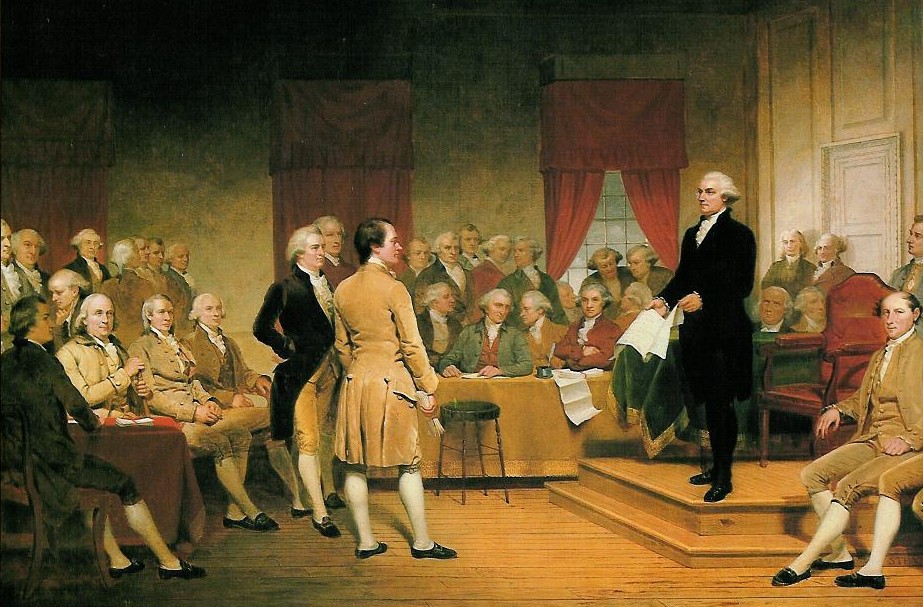
Shays' Rebellion- An uprising led by Daniel Shays, it was an armed rebellion that spanned from 1786 to 1787. It was mostly composed of poor farmers, protesting the heavy taxes and debts. It was triggered by mortgage foreclosures in western Massachusetts, and the rebels used symbols of liberty in a tie to the revolutionary spirit of the uprising. The lack of governmental response heavily emphasized the need for a stronger federal government, and thus gave rise to the Constitutional Convention of 1787.

bicameralism- The principle of a two-house branch as a way to balance governmental power. Its concept is present in the legislative branch, with the separate units of Senate, which would represent individual states, and the House of Representatives, which reflected the population of the people.
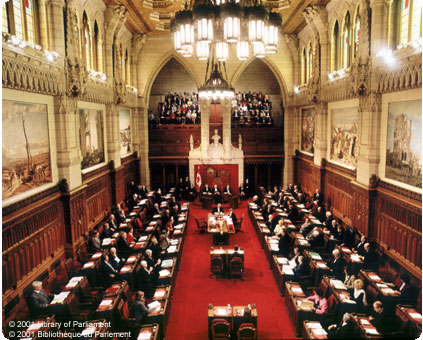
Virginia Plan- Initial proposal at the Constitutional Convention made by the Virginia delegation for a strong central government with a bicameral legislature, the lower house to be elected by the voters and the upper chosen by the lower. In both houses, representation was to be based on wealth or numbers, giving the advantage to larger states. Congress was given the additional powers to “legislate in all cases in which the separate States are incompetent” and veto state legislation that was not per say constitutional. A national executive was to be created and chosen by the legislative branch. The executive branch and Supreme Court were then allowed to veto the acts of Congress.
New Jersey Plan- Proposal at the Constitutional Convention made by William Paterson of New Jersey for a central government with a single-house legislature in which each state would be represented equally. This small-states-friendly-plan gave Congress the right to tax, regulate commerce, coerce states, and was in a unicameral legislature where all states had the same vote. It also contained the supremacy clause, which required all judges to treat the laws of the national government as superior to those of states.
Connecticut Compromise- Compromise agreement by states at the Constitutional Convention for a bicameral legislature with a lower house in which representation would be based on population and an upper house in which each state would have two senators. This was also known as “The Great Compromise”. Once overcoming this obstacle, objections to a strong national government faded away.

three-fifths compromise- Compromise agreement between northern and southern states at the Constitutional Convention, that three-fifths of the slave population would be counted for determining direct taxation and representation in the House of Representatives. The South had wanted to count slaves, so as to to gain seats in the House, but the North was against such a proposal due to their smaller slave population. Three-fifths was chosen to maintain the balance of power between the North and South representation.

Federalists- The federalists supported the ratification of the Constitution, thus promoting a strong central government. They became known as the Federalist party, largely made of wealthy landowners and were led by Alexander Hamilton. They were opposed by the Antifederalists, which were mainly composed of the agricultural populations.

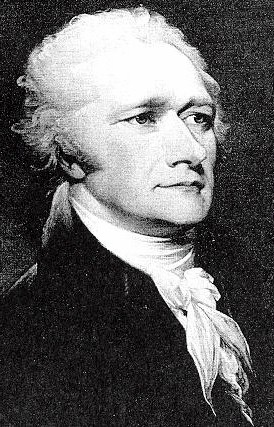
Antifederalists- They opposed the stand of the Federalists, calling them “rats”, short for ratification. Their party was led by Thomas Jefferson, whom took an agrarian perspective in the belief that the Constitution worked to benefit the wealthier population.
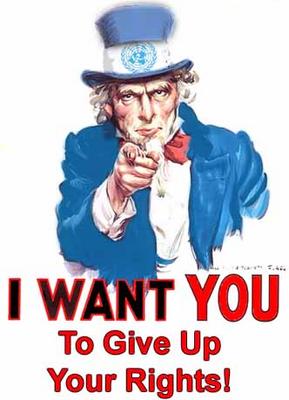
The Federalist- Series of essays promoting ratification of the Constitution, published anonymously by Alexander Hamilton, John Jay, and James Madison under the pseudonym of Publius in 1787 and 1788. These papers were used to persuade the state of New York to ratify the Constitution. On the other hand, the Antifederalists demanded a bill of rights, which the Constitution lacked, but the Federalists found it unnecessary because specific powers were to be created by states.
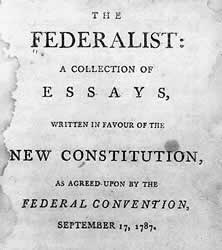
Ratification - Ratification is the approval of a nationally binding agreement; one of the first example is the Constitution. Today, ratification is applied to constitutional amendments or treaties.

Bill of Rights - The 1st ten amendments to the US Constitution are called the Bill of Rights, which were proposed by James Madison in the 1st United States Congress in 1789. They were ratified by ¾ of the states in 1791, with the support of Thomas Jefferson. It grants, among other things , the freedom of speech, media, and religion. It gives citizens the implied rights of privacy (4th and 5th amendment). It also states that any power not listed in the Constitution is hereby reserved for the State.

 Government – A government is a system of political power that exercises its authority to maintain civility, administer public policies, and enforce laws.
Government – A government is a system of political power that exercises its authority to maintain civility, administer public policies, and enforce laws. 




























